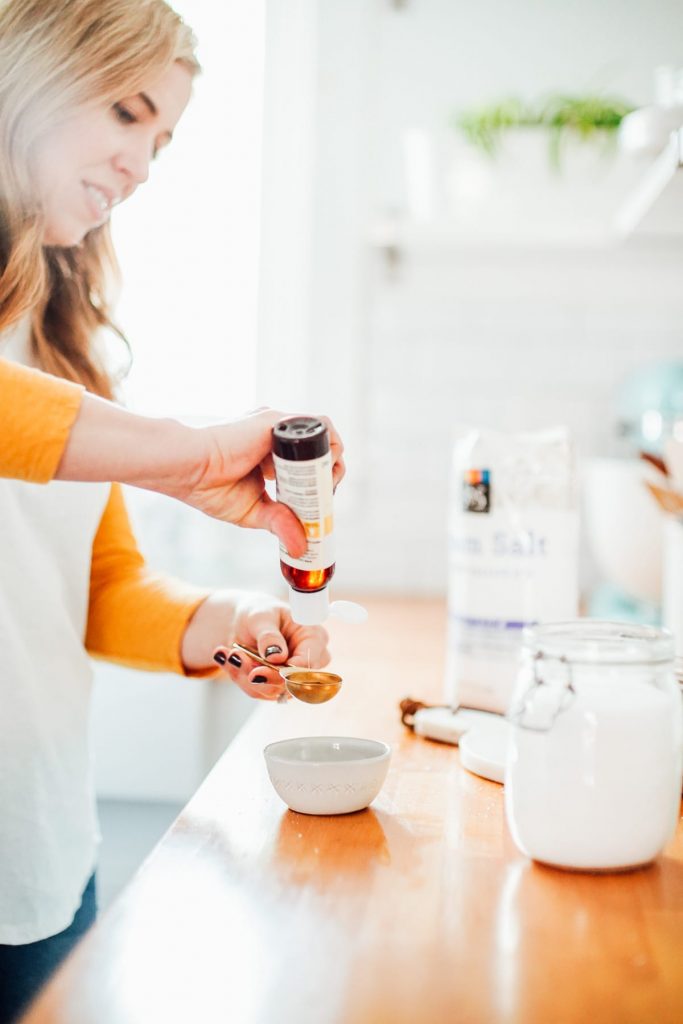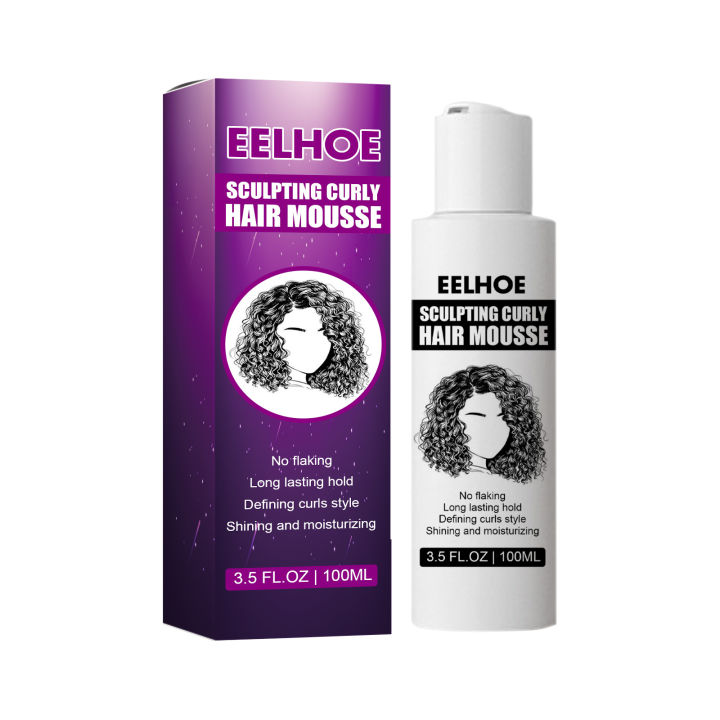Table of Content
Use your scoop to break up lumps before using, or shake the jar often. If you do not own Epsom salt, then use sea salt as a replacement. Barrett recommends keeping a bottle of this everyday blend in your jacket pocket—and taking a whiff just as you cast your ballot in the booth. Linking the activity with the scent “will help to create a new neural pathway that says, ‘When I vote, I’m relaxed,’” she explains.

You would also need 1.87 moles of hydrochloric acid, which is 68.3 grams of pure HCl, which translates to 273 grams of 25% hydrochloric acid solution. Bake the salts after everything has been added, including the color. If you add color in after the baking, your salts will blend together and partially dissolve, causing sticking in your container. Add your chosen carrier oil to fill the bottle the rest of the way, BUT not the neck of the bottle. If you accidentally add too much carrier oil, you can touch the edge of a paper towel to it to absorb some of it.
Nourishing Skin Oil (Optional)
Ammonium carbonate acts as the base for the smelling salt for fainting. While essential oils are natural solutions, they are still highly concentrated chemical compounds. Some have contraindications, which you can find online by doing a search like “essential oil contraindications” or “clary sage contraindications,” for instance.

Smelling salts don’t have a precise expiration date. Instead, they may expire more quickly if you use them frequently, keep them in a warm spot, or don’t close the lid after using them. Alternatively, they can last for years if you use them every once in a while and store them away from warmth and air.
More on migraine and aromatherapy
Epsom salt, which forms half of the base of aromatherapy smelling salts, is not an actual salt but instead a natural compound of Magnesium and Sulfate Heptahydrate. Using dry measuring cups, measure 1.25 cups of it, and pour it into a medium-sized, metal, hard plastic or glass bowl. Be sure to leave the airtight seal on your smelling salts for as long as possible to ensure they last. In addition, replacing the sheet of plastic, paper, or aluminum under your smelling salts’ cap can help block the air, even if you’ve already opened the container.

For people without underlying health issues, there is no evidence to indicate that using smelling salts as directed is dangerous. However, people with asthma and respiratory problems should be aware that they can result in difficulty breathing or increased airway irritation. Research from 2014 on athletes using smelling salts as a performance booster noted no positive effects from their use.
DIY Homemade Bath Salts (You Choose the Scent!)
There is insufficient evidence to prove the safety or efficacy of smelling salts for any of these uses. A person should only ever use smelling salts as directed. However, some people may use smelling salts for other means, such as improving athletic performance and increasing alertness. Women who are pregnant, especially in their 3rd trimester, should not use bath salts, nor should people with high blood pressure or edema .
Renee Hughes is a Certified Professional Aromatherapist and the CEO of The Aromaspecialists. With more than seven years of experience, she specializes in teaching others how to use aromatherapy and become certified aromatherapists. Renee received her training from The New Eden School of Natural Health and Herbal Studies. She is also a Level 2 National Association for Holistic Aromatherapy Certified Professional Aromatherapist and a NAHA Approved School Educator. In the high humidity of a bathroom, your salts may get lumpy.
Does salt water help with sinus infections?
However, there is insufficient evidence to prove this. The use of smelling salts without a doctor’s guidance may become a growing problem. Sometimes, when a person initially smells the salts, their head jerks back involuntarily. This may cause additional harm to a person who has a spinal injury. So if you wanted to make 100 grams of ammonium chloride which has molecular weight 53.5, that would be 1.87 moles. So you would need 1.87 moles of ammonia, which is 31.8 grams of pure ammonia, which translates to 106 grams of 30% ammonia solution.

Here’s a step by step guide to start complementing your migraine treatment with smelling salts. Reviving someone who has fainted isn't the only use, smelling salts are put to. It is also used to revive punched out, or knocked out boxers. Sometimes, athletes use smelling salts for fainting, as a stimulant to give themselves a wake up call. I hope by now you definitely have more than just a faint idea about smelling salts for fainting. Many people love to have bowls of potpourri in their homes but become frustrated because the scent fades so quickly.
To use smelling salts, a person should keep them 10–15 centimeters from the nose when inhaling. All you need to do is mix them together - the ammonia and the hydrochloric acid will neutralize each other. Then just boil off the excess water to crystallize the product, which will be ammonium chloride. Spread the bath salt mixture evenly over a baking sheet. Blend 20 drops total of essential oils as directed, and pour them onto one tablespoon of coarse mineral salt, such as Epsom salt. Remove the orifice reducer from your bottle, then fill it with sea salt.
Have you had issues with your coarse pink Himalayan salt not fully dissolving? I bought the same one as your recipe, but no matter how hot the bath they don’t dissolve and it’s a bit unpleasant to lay on lol. The cork won't likely seal airtight if you bought it used and bottles are decorative.
Many of today's athletes, including hockey players, boxers and football players, use these ammonia-releasing salts to boost energy or to regain consciousness after being hit hard. Even the warmth from your hand can decrease the shelf-life of your smelling salts, and any temperature fluctuations will affect the potency of your product. So, if you use your smelling salts daily, they might stop working before the expiration date. If you use them once every few months, they will likely expire on the expiration date.
In general, you'll mix 3 cups of Epsom salt with about 1.5 cups of coarse sea salt and ½ cup baking soda, then add drops of essential oils and mix. Using a dropper, add 6 drops of your blended oil to the salt mixture. I love these homemade bath salts with either all lavender essential oil or a mix of 10 drops each lavender and sweet orange essential oils.
To make homemade bath salts, start by mixing together various types of salt, like Epsom salts, sea salts, and Hawaiian red bath salts. Next, stir in baking soda and gradually add whichever essential oils you want to use. You can also add food coloring, fresh herbs, glycerin, or oil to your bath salts. Finally, spread out the mixture on a baking sheet, and bake it at 200 degrees Fahrenheit for 15 minutes, stirring every 5 minutes. You will need one cup of epsom salt, one cup of baking soda, two tablespoons of liquid glycerin, and essential oils.
The stimulant effect of smelling salts is due to the ammonia, which irritates a person’s nasal and lung membranes when they sniff it. The result is that the person involuntarily inhales and starts to breathe faster, which sends more oxygen to the brain. Smelling salts are inhaled stimulants that increase breathing and blood flow to the brain. Despite their history of use, there is limited research into the effects of smelling salts. If you want to make ammonium chloride yourself, then you can do so fairly easily using chemicals from the hardware store. All you need is some household ammonia and some hydrochloric acid.

No comments:
Post a Comment